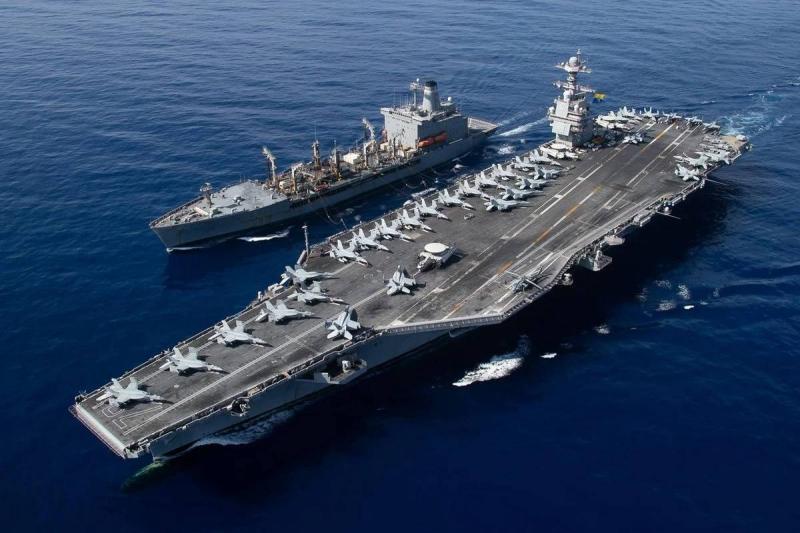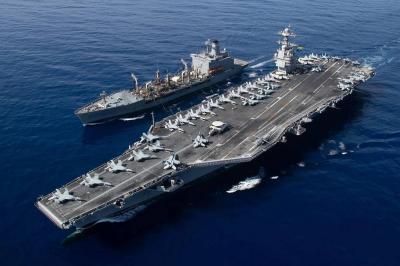An intelligence agency has revealed that the Houthis are relocating missile and drone sites from coastal areas and islands to the provinces of Al-Jawf, Amran, and Saada in order to reduce losses, maintain offensive capabilities, and avoid being easily targeted by international forces in the Red Sea. The "Shiba Intelligence" agency, specializing in intelligence information, reported that this decision was made during a secret meeting held at the headquarters of the Sixth Military Region, attended by Iranian experts and senior Houthi military leaders, including Major General Mohammed al-Ghamari, the Chief of Staff, Colonel Mohammed al-Sayani, Director of the Advanced Command and Control Center, and others such as Colonel Abdul Hafiz al-Hilali and Colonel Mohammed al-Namiri.
The agency explained that the meeting discussed ways for the Houthis to continue their attacks using missiles, drones, and warboats with the least possible losses, relocating and storing as many missiles as possible in Al-Jawf, Amran, and Al-Bayda. They focused on delivering concentrated and painful strikes against international forces in the Red Sea, Gulf of Aden, and Bab el-Mandeb, while appointing field leaders to implement all necessary measures to protect military camps and weapons depots as well as missile and drone launch platforms.
The agency noted that Houthi military leaders requested assistance from the Iranian experts at the meeting to provide jamming devices to help prevent the weakening of the group's military capabilities due to U.S. and British strikes on missile and drone launch sites.
The Houthis have begun relocating camouflaged missiles from weapon depots in Dirb al-Nakib in Amran to Harf Sufyan north of Amran. They also moved missiles from their storage in Bilad al-Rus south of Sanaa to multiple launch sites with the assistance of Iranian experts.
The agency stated that it tracked the impact of some U.S. and British strikes on Houthi military sites and concluded that there has been a clear effect on the operational capabilities and military movements of the group. The strikes have limited the frequency of Houthi attacks using missiles, drones, and boats against international forces and commercial ships.
The agency mentioned that one strike on February 3 targeted a military manufacturing facility in the mountains overlooking the presidential palace in Sanaa. Ambulances were seen rushing to the area, and the facility's tunnels and storage areas were damaged, in addition to the destruction of drone and missile launch platforms in Al-Hudaydah, with damaged missile platforms and boats observed in Al-Jabana and Ras Issa in Al-Hudaydah.
The strikes focused on radar systems, the agency reported, indicating that international coalition strikes have crippled Houthi capabilities in Al-Hudaydah, forcing them to resort to launching missiles and drones from Al-Bayda, Saada, and Al-Jawf. Military sources stated that U.S. and British strikes have concentrated on radars, reducing the Houthis' offensive capabilities to their lowest levels.




